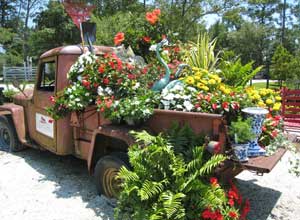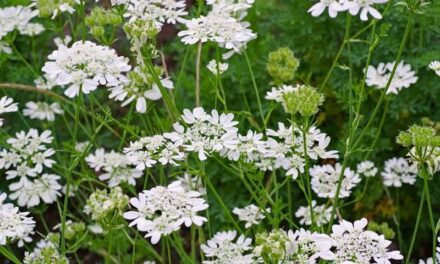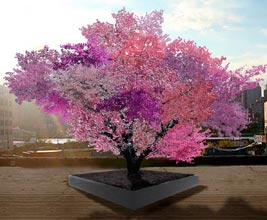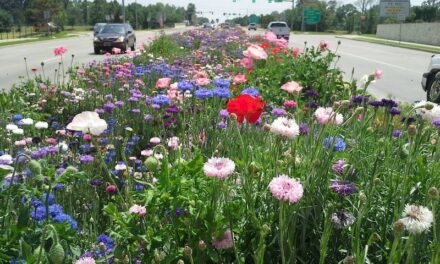 Taking pleasure in your garden in the midst of August’s heat and bugs can be . . . well, to put it bluntly, difficult. Recently I was reading a blog by Tom Harris, Ph.D., a Texas gardener, that included a lengthy list of “dos and don’ts” for making late summer gardening more enjoyable. Parts of Texas are even hotter than SC, so many of his suggestions would apply well to our Lowcountry climate.
Taking pleasure in your garden in the midst of August’s heat and bugs can be . . . well, to put it bluntly, difficult. Recently I was reading a blog by Tom Harris, Ph.D., a Texas gardener, that included a lengthy list of “dos and don’ts” for making late summer gardening more enjoyable. Parts of Texas are even hotter than SC, so many of his suggestions would apply well to our Lowcountry climate.
These simple rules will help people and plants survive late summer in the garden.
Do keep your soil evenly moist. Most problems develop from overly wet or dry soils which leave the plants vulnerable to insects or pathogens. Although we have certainly had plentiful rainfall this year, most of us also have large trees and they can take up that moisture as quickly as it comes down. I noticed that less than an inch down, the soil in my garden is very dry. You might want to take a trowel and dig a small hole, or several in different spots, to see how your soil is holding moisture.
Do refresh your mulch regularly; this will help to maintain that moisture level.
Do deadhead blooming plants. Plants are genetically programmed to reproduce, and removing the spent flowers eliminates the possibility of that plant going to seed so it will persevere and try again by setting new flower buds.
Do remember that even the hardiest native plants need water during hot and dry periods.
Do fertilize your roses and other fall blooming plants, like asters and mums. This will help to stimulate the bud set for a spectacular autumn display.
Do sprinkle seeds of quick growing annuals, like zinnias, for additional fall color.
Do remove and destroy any diseased plants and never put contaminated material in your compost pile.
Do set out your fall vegetable plants. There is a good selection of plants suitable for fall planting available now at the Farmers Markets. Keep your plants well watered until they are established and side dress with fertilizer. It is always a good idea to have your soil tested by the Clemson Extension Service or fertilize any shrubs this time of year. Pruning and feeding stimulates new growth, which may not have time to harden off before cold weather sets in.
Don’t water during the mid day when the sun is so hot it will evaporate much of the moisture before your plants can absorb it.
Don’t plant trees, shrubs or perennials now; wait a few weeks for the temperature to moderate.
Don’t scalp your lawn. Allow your grass to grow to the maximum recommended height. During this time of year, the longer the grass, the cooler the soil and roots will be, which helps to maintain the health of the turf. Clemson’s HGIC sheet 1205 lists the appropriate heights for the warm season grasses we grow here in the Lowcountry.
Don’t routinely reach for a chemical to eliminate garden problems. Try to figure out why the problem exists in the first place and change the growing conditions whenever possible. The Master Gardeners get a lot of questions on how to kill Dollar Weed. This plant pest, Hydrocotyl, thrives on soils with excess moisture. Improving the drainage or limiting the amount of irrigation water it receives will often solve the problem.
One last Do: Be sure to enjoy your garden. Find or create a shady spot where you can sit and appreciate the outdoors. The famed Charleston gardener Emily Whaley had a charming hidden garden behind some large shrubs where she and her beloved dog would sit, unseen, and while away the time just watching her flowers, butterflies and birds. Look for it if you visit her garden. We all need a good place to relax and enjoy that cool glass of sweet tea this time of year.







